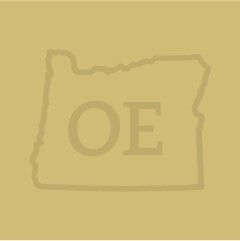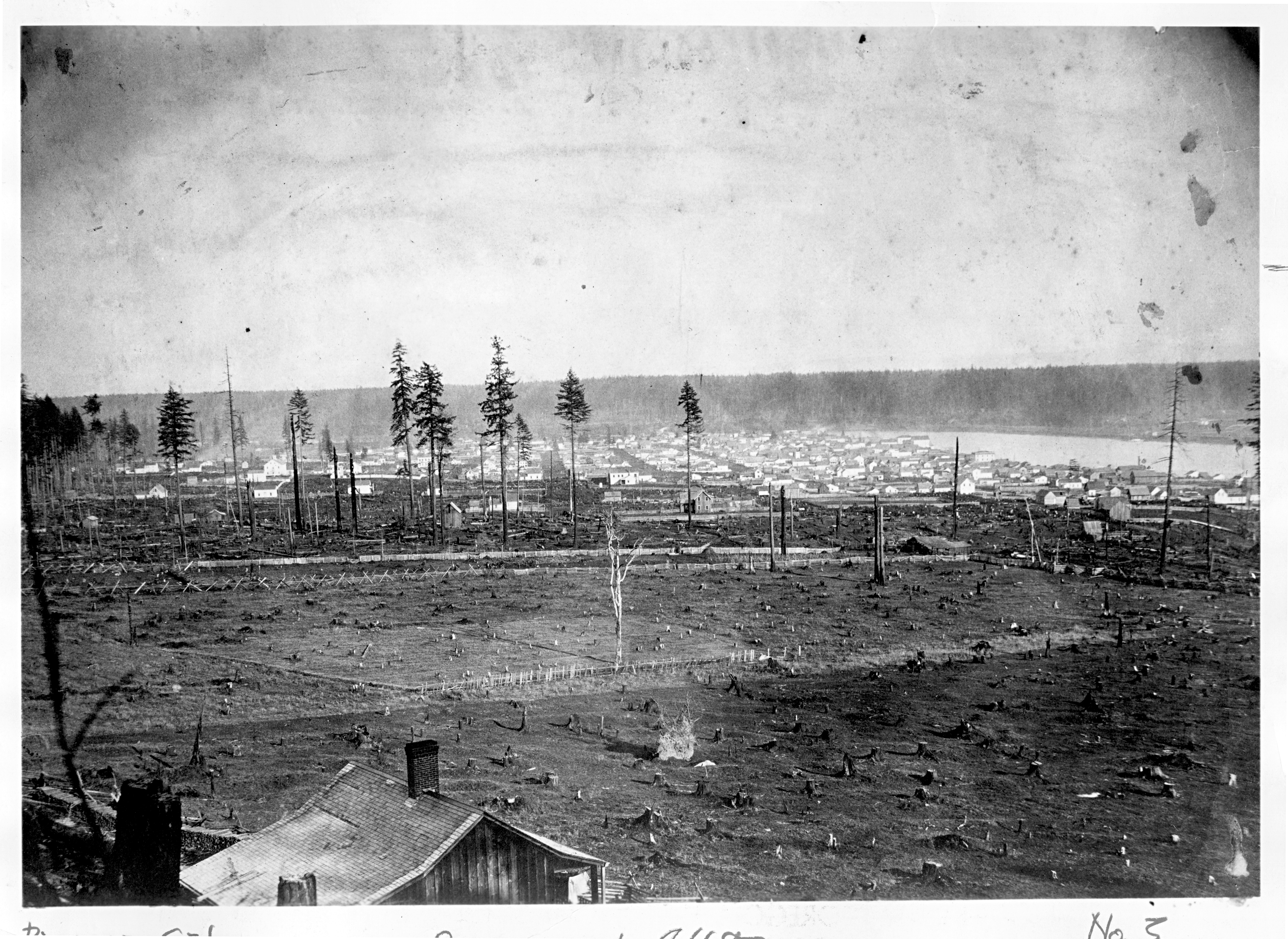Designated "market squares" were once common in American city plans, and Portland's 1853 plat identified two blocks that served this purpose. One of those blocks, currently the site of Keller Auditorium, was used sporadically for public market purposes between about 1890 and 1911.
A privately operated market opened in 1873 in the New Market & Theater building, on Southwest First and Second avenues between Ankeny and Ash streets. Farmer and food merchant stalls lined the block-long arcade, providing an indoor market. The market closed in about 1885; the building still stands.
The Portland Public Market was one of many that arose across the nation during the Progressive Era, tied to concerns about providing fresh, sanitary, and healthful foods; eliminating the middleman; and assuring honest weights and measures. On the West Coast, Pike Place Market opened in Seattle in 1907, and public markets were opened in Medford in 1913, Boise in 1914, and Eugene in 1915. John F. Carroll, editor of the daily Portland Telegram, advocated such a market in Portland. His efforts were rewarded in 1914 when the city designated curb space for market stalls along Southwest Yamhill Street between Second and Fifth avenues.
Popularly known as the Carroll or Yamhill Public Market, it was an instant success. By the early 1920s, six city blocks were lined with canvas-roofed stalls, where farmers sold local fruits, flowers, poultry, vegetables, and butter and eggs. Storefronts facing the stalls were occupied by grocers, butchers, fishmongers, delicatessens, bakeries, importers of fruits and vegetables, and other food-related businesses. The market was convenient for downtown office workers, and Portland housewives easily reached it by streetcar. The market's bounty was a tourist attraction, and it was vividly described in the reminiscences of American food writer James Beard.
In the mid-1920s, however, the Carroll Market blocked the city's plans to develop Yamhill Street as a major thoroughfare. The city proposed a large, consolidated market building on the new waterfront seawall, separated from downtown by a four-lane highway. Farmers and merchants opposed the plan, citing poor access for transit users and office workers. The troubled project was eventually completed with loans from the Reconstruction Finance Corporation, and the huge, 600-foot long building opened on December 14, 1933.
The new market—described as the nation’s largest supermarket—was initially very popular, offering such amenities as free shopper carts, rooftop parking, and an elevator. But the poor location, changing shopping habits, and the Depression combined to cause the market's closure by 1942. A number of food vendors had remained on Yamhill Street, and others moved back and converted storefronts to private market stalls. Vestiges of these operations remained through the 1970s.
The abandoned Portland Public Market building was used by the U.S. Navy during World War II, and the Oregon Journal newspaper was headquartered there from 1948 until 1961. The building was demolished in 1969, and the site is now part of Tom McCall Waterfront Park. The popularity of farmers' markets in the 1990s encouraged a movement to form a new permanent, year-around public market for Portland, and supporters have obtained the use of the James Beard name to promote the project.
-
![Portland Public Market and downtown Portland in 1933; the Public Market is the large white building to the far right of the image.]()
Portland Public Mkt & central city, aerial, ba018375.
Portland Public Market and downtown Portland in 1933; the Public Market is the large white building to the far right of the image. Oreg. Hist. Soc. Research Lib., ba018375
Related Entries
-
![John F. Carroll (1858-1917)]()
John F. Carroll (1858-1917)
John F. Carroll, the managing editor of the Evening Telegram, was a str…
-
![Portland]()
Portland
Portland, with a 2020 population of 652,503 within its city limits and …
Related Historical Records
Map This on the Oregon History WayFinder
The Oregon History Wayfinder is an interactive map that identifies significant places, people, and events in Oregon history.
Further Reading
Eigo, George. A Market for the City: the History of Portland's Public Markets. Portland: Oregon Historical Society, 2002.



